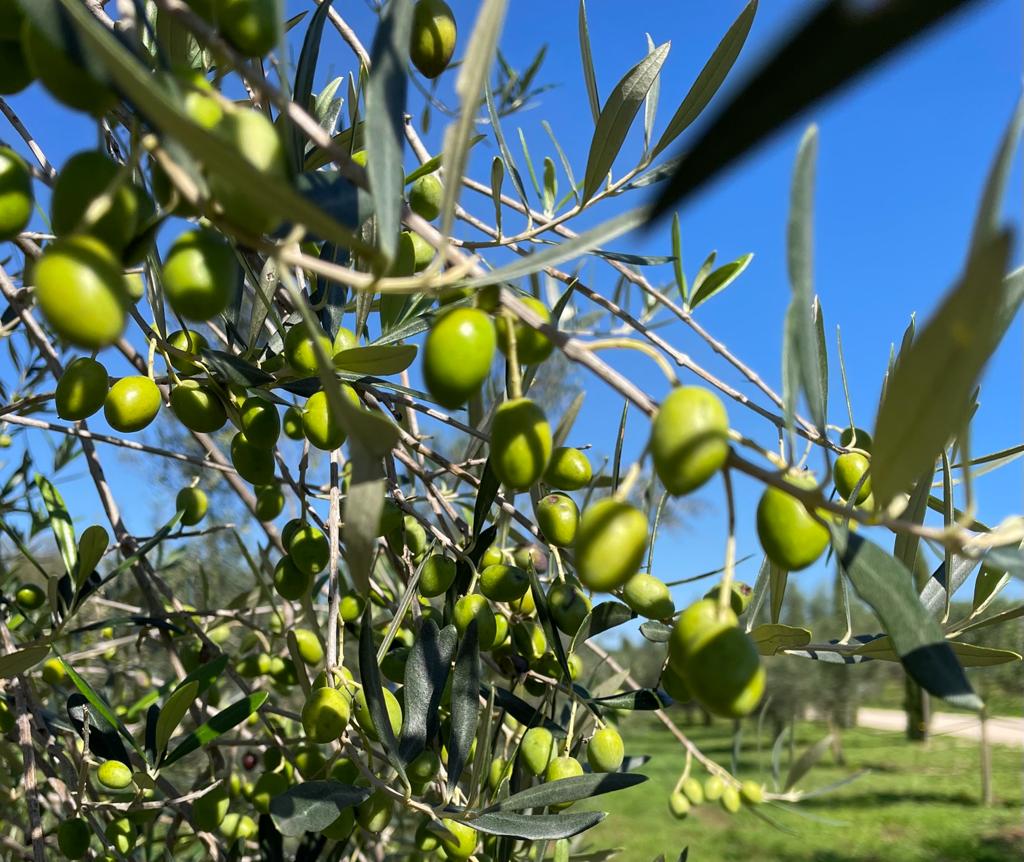
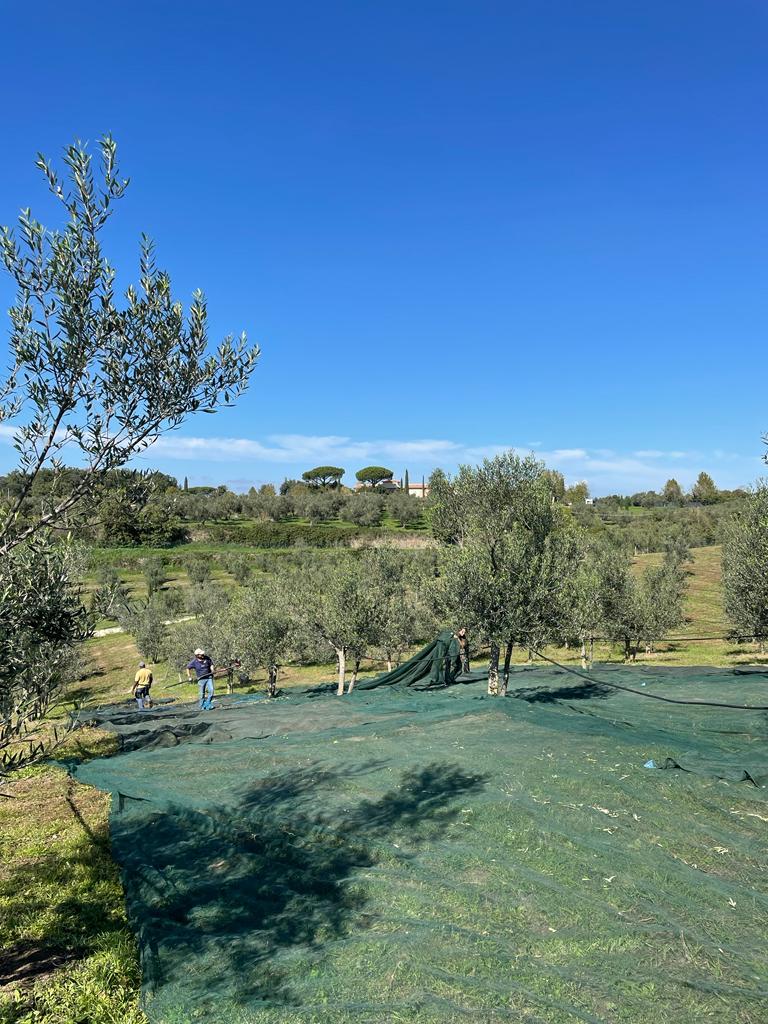
The olive harvest is extremely important for those who produce extra virgin olive oil (EVO). From the exact moment to start harvesting to the techniques used, everything influences the quality of the oil produced. To obtain a high-quality oil, the olive harvest is just as important as the care of the olive tree throughout the year and the processing stages at the mill.
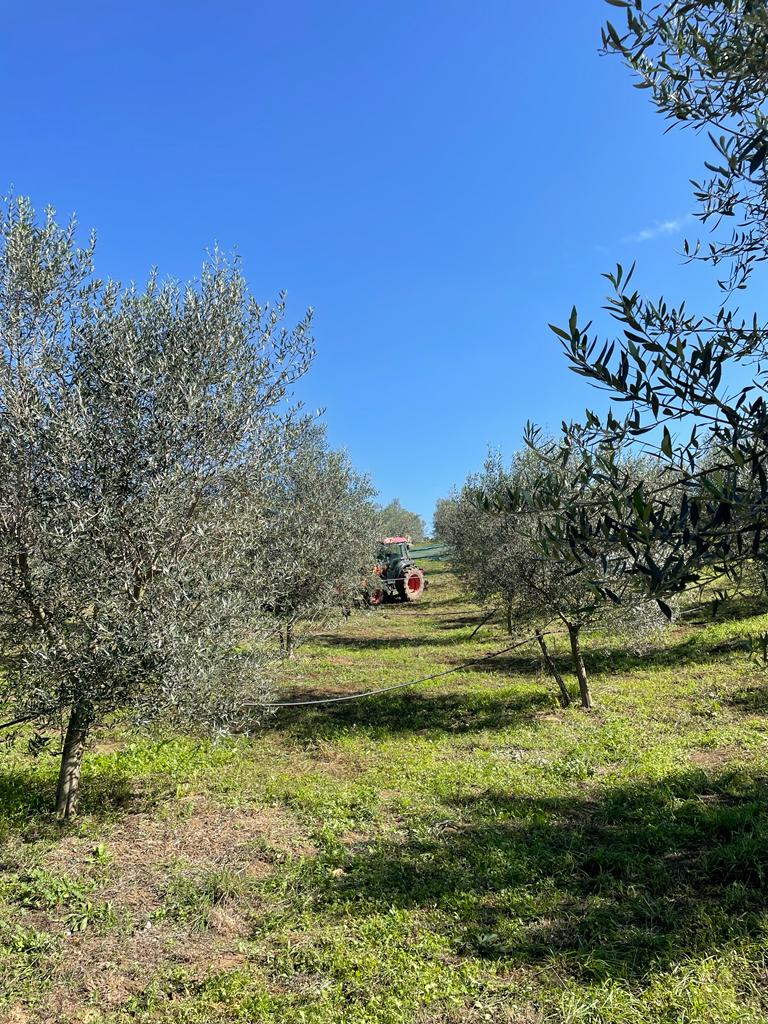
Finding the right moment is the best way to obtain a balanced product, with the right aroma and good shelf life. Generally, the most appropriate season for the harvest is autumn, but the timing can vary within a period that spans from October to December.
- The Variety or Cultivar: The harvest period can vary by several weeks depending on whether we are dealing with olive varieties that have early, medium-late, or late ripening.
- Market Positioning: Typically, for the production of high-quality oil or olives in brine, the optimal time is during the veraison period. However, much also depends on the specific product you want to obtain.
- Climate: The timing of the harvest can vary from year to year depending on climatic conditions; factors such as a very rainy summer or an autumn with unusual frosts can influence this decision. Additionally, the exposure of the plants to sunlight can alter the harvest period.
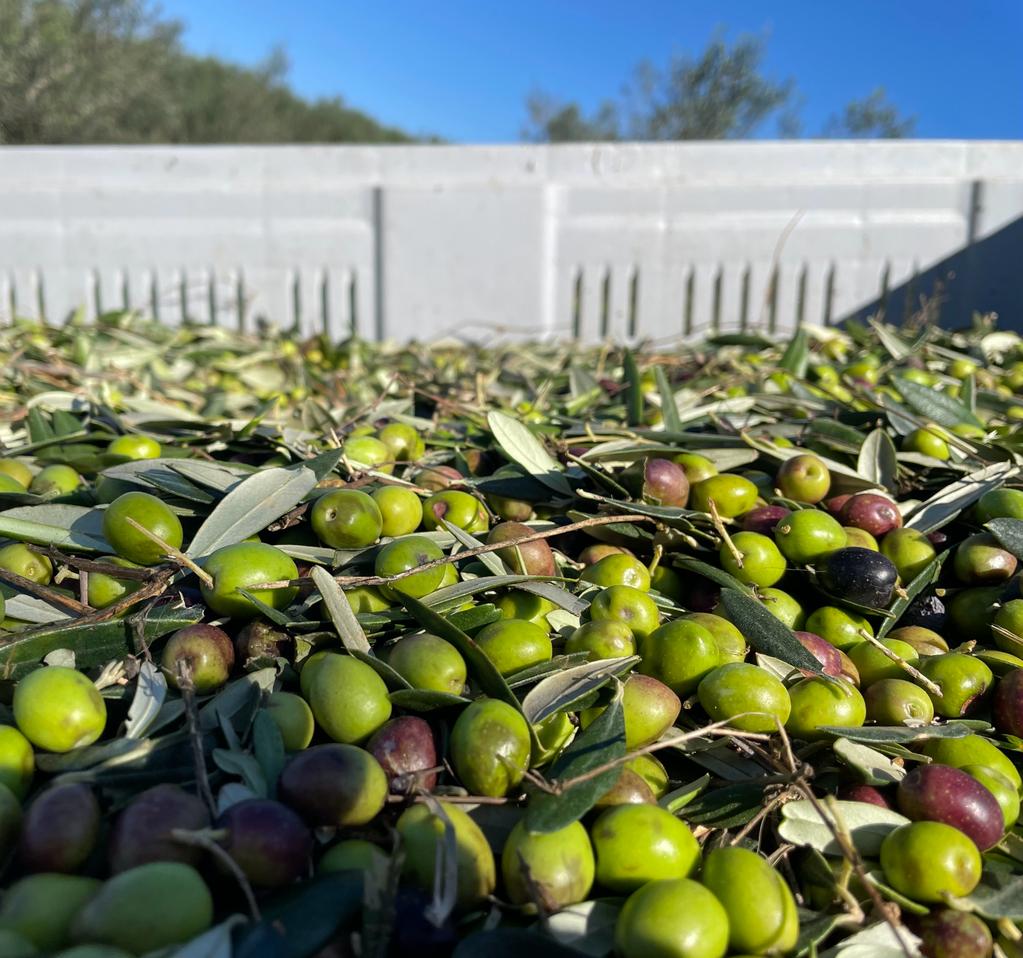
The ripeness of the olives can be observed with the naked eye: watching it is important to understand when to proceed with the harvest,
- Unripe olives: still in formation. The flesh is very hard and not usable in any way.
- Herbaceous olives: they have a green skin and are rich in antioxidants. They are harvested between the end of September and early October. These olives are ideal for producing oils with a particularly fruity taste and pleasantly spicy notes.
- Olives at veraison: the olive’s color ranges from green to purple. This stage is preferred for harvesting because the resulting oil has better qualities in terms of aroma and flavor. It is also the ideal ripeness for table olives.
- Fully ripe olives: the fruit has a nearly entirely black skin. This stage is optimal for oil production in terms of quantity but is less suitable if we are seeking the highest quality.
- Overripe olives: the olives start to fall from the tree and risk being attacked by insects and molds. Oils produced from these olives are of lower quality, with higher acidity and a less intense flavor.
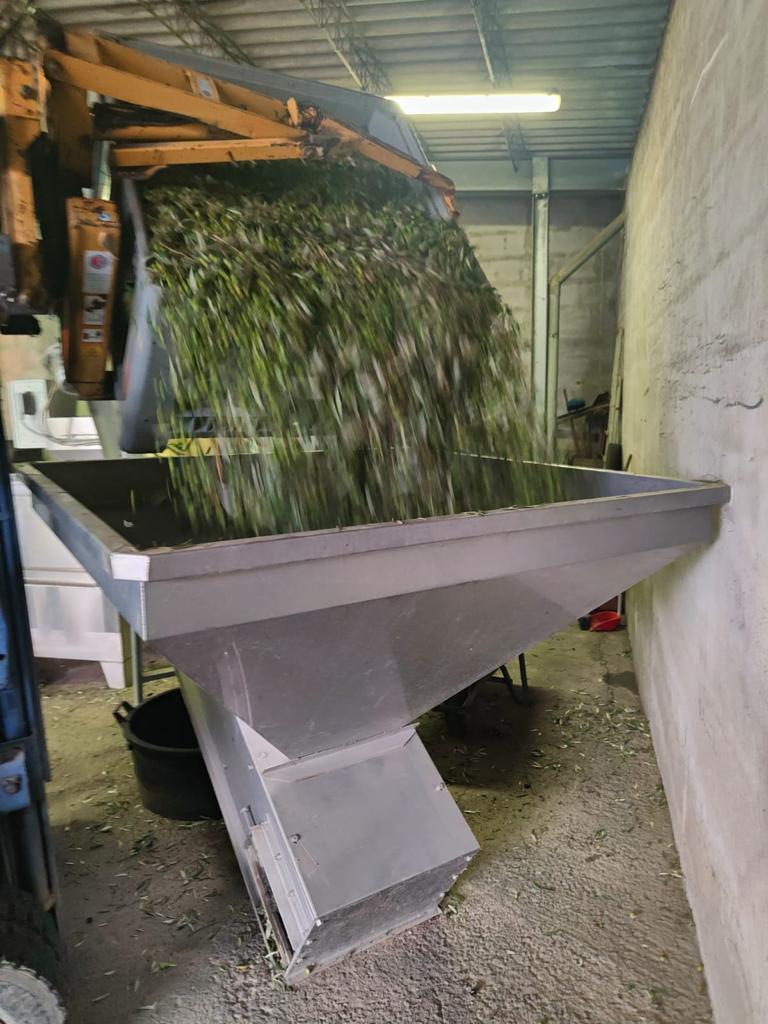
To preserve the quality of the olives and avoid damaging them before delivering them to the mill, it is important to follow proper storage instructions for the freshly harvested fruits. The olives should be placed in perforated plastic crates, trying to press them as little as possible. They can be stored in these crates for up to a maximum of 24 hours before being transported from the olive grove to the mill.


